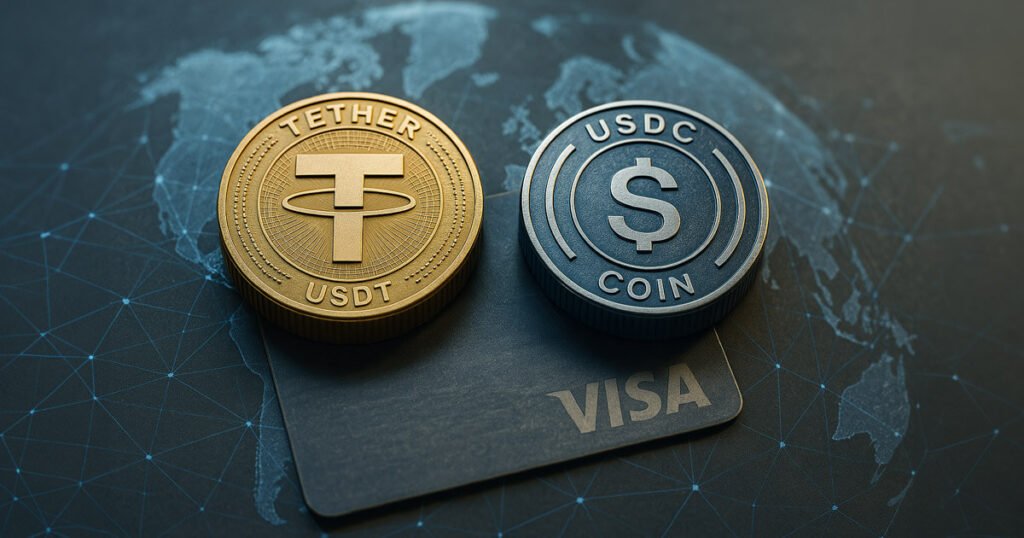Stablecoins have evolved from being a crypto niche to becoming the infrastructure layer for the next generation of global payments. The market cap of stablecoins has doubled in the past year, reaching a record $232 billion, with transaction volumes surpassing Visa’s network. Tether, USD Coin, and PayPal’s PYUSD are dominating the market, but new stablecoins are constantly entering the scene to cater to specific regions, user segments, and enterprise needs. This growth confirms stablecoins’ importance as foundational payment infrastructure at the intersection of regulation, financial technology, and real-world usage.
An impending U.S. regulation could be a historic milestone for stablecoins, with the GENIUS Act in the Senate proposing a balanced federal framework for the sector. It recognizes both bank and non-bank issuers, imposes requirements for full 1:1 backing, and aims to enhance compliance with consumer protection laws without stifling innovation. The STABLE Act focuses on risk management and abuse prevention through strengthened anti-money laundering protocols. Treasury Secretary Scott Bessent sees stablecoins as a way to extend U.S. dollar dominance into the digital economy, preserving global financial influence without a complete overhaul of the existing monetary system.
Enterprise infrastructure is transitioning to the blockchain as stablecoins address long-standing gaps in traditional finance. They offer instant, low-cost cross-border transactions, operate globally around the clock, and provide faster liquidity, cheaper settlement, and programmable payments. Major payment providers like Stripe are acquiring companies that facilitate stablecoin integration, and yield-bearing stablecoins are offering better returns than traditional savings accounts. This shift towards on-chain infrastructure is making stablecoins increasingly attractive to businesses and consumers alike.
Consumer payment apps are adopting stablecoins rapidly, with platforms like PayPal, Venmo, Nubank, and Revolut incorporating stablecoin functionality directly into their interfaces. This allows consumers to transact globally, send remittances, and pay merchants without needing blockchain knowledge. Merchant adoption is on the rise, with tools like Helio and Decaf enabling settlements in stablecoins through e-commerce channels. Payment processors ensure compliance, fiat conversions, and KYC verification, facilitating smooth and compliant stablecoin usage at scale.
A stablecoin-native economy is emerging, especially in regions with high inflation and devaluation of local currencies. Users in Latin America and Southeast Asia are increasingly using stablecoins for everyday transactions and savings, while businesses rely on them for real-time treasury operations. Blockchain networks like Solana and Tron are processing billions in stablecoin transactions with unmatched speed and low fees. Revenue-sharing models used by stablecoin issuers incentivize integrations with fintech apps, payment processors, and traditional banks, building network effects that drive adoption.
The next phase of growth for stablecoins will focus on mass adoption and regulatory maturation. Nation-state stablecoins are expected to emerge, while enterprises will incorporate yield-bearing stablecoins into their treasury strategies. Consumers will transact seamlessly with stablecoins, as financial products leverage them as foundational infrastructure. With regulatory frameworks in place and technological infrastructure ready, the U.S. is poised to lead the next era of global digital payments. By 2025, the stablecoin market cap is projected to exceed $400 billion, solidifying stablecoins’ position as the future of payments.


